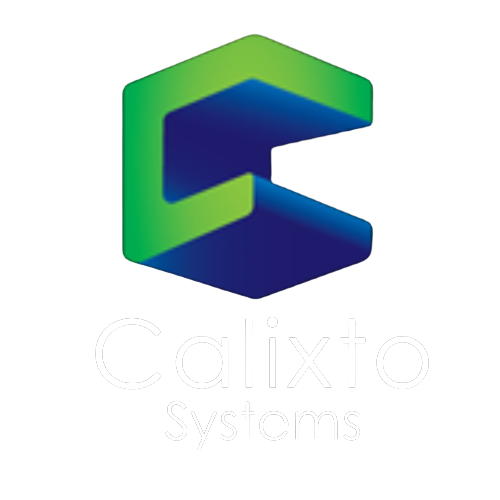Window Embedded
Window embedded standard Feb 5th, 2013 Calixto System announces Window Embedded 6. X availability on their Sitara TM ARM ARM335X processor-based VERSA SOM and Evaluation Boards.

Windows Embedded is a family of operating systems developed by Microsoft, specifically designed for embedded and IoT (Internet of Things) devices. These versatile and robust platforms provide a solid foundation for building intelligent and connected solutions across various industries.
Key Features and Benefits:
Windows Embedded offers a range of features and benefits that make it a preferred choice for developers and businesses:
- Familiar Interface: With a familiar Windows user interface, users can interact with embedded systems effortlessly, reducing training time and enhancing user acceptance.
- Security: Microsoft’s commitment to security extends to Windows Embedded. Regular updates and patches help protect devices from evolving threats, ensuring the integrity of your systems.
- Connectivity: Windows Embedded supports a wide range of connectivity options, enabling seamless integration with cloud services and other devices. This connectivity is essential for IoT applications.
- Scalability: Whether you’re building a small, low-power device or a high-performance industrial system, Windows Embedded provides scalable solutions to meet your requirements.
- Development Tools: Microsoft offers robust development tools, including Visual Studio, to streamline the creation of custom applications and interfaces for your embedded systems.
Applications Across Industries:
Windows Embedded is utilized in various industries, including healthcare, manufacturing, retail, and transportation:
- Healthcare: Embedded Windows powers medical devices, patient monitoring systems, and diagnostic equipment, helping healthcare professionals deliver better care.
- Manufacturing: In the manufacturing sector, Windows Embedded enables smart factories and industrial automation, improving efficiency and productivity.
- Retail: Windows-based embedded systems are used in point-of-sale terminals, kiosks, and digital signage, enhancing the customer experience.
- Transportation: Windows Embedded plays a crucial role in transportation systems, from in-vehicle infotainment to logistics and fleet management.
IoT Revolution:
As the IoT revolution continues to shape the future, Windows Embedded is at the forefront, providing the connectivity, security, and versatility required for smart and connected devices. It enables devices to collect and analyze data, communicate with other systems, and drive automation.
Conclusion:
Windows Embedded empowers developers and businesses to create intelligent and connected devices that drive innovation and efficiency across industries. With its rich feature set, scalability, and strong development tools, it’s the go-to choice for those looking to build cutting-edge embedded solutions in today’s connected world.










Leave a Reply
You must be logged in to post a comment.